The Ultimate Guide to Fire Caulk
Regarding a building’s safety, fire caulk is just as important as any other sealant. Fire caulk is a sealant that slows down the vigorous spread of fire and smoke during an outbreak, reducing the damage caused by an outbreak. Fire caulk plays an important role in safeguarding lives and property. In 2018, the US Fire Administration recorded that fire caused a loss of $25.6 billion, which includes the cost of property damage, business interruption, and other related expenses. This is why fire caulking has become an essential building requirement in most states.

This post explains how fire caulk reduces damages caused by fire outbreaks. First, we discuss ‘What is fire stopping or fire caulking?’ Then, as we process, we will highlight the importance and benefits of fire caulk.
What is Fire Caulking?
Fire caulking is the process of using a sealant to prevent fire from spreading in joints, seams, and openings in a building. It involves several steps. First, the area to be caulked is cleaned and prepared. Then, the fire caulk is applied using a caulk gun or other suitable tools. The caulk is smoothed out to ensure a proper seal. Finally, the caulk is left to dry and cure. This process is repeated for each area that needs to be caulked. Fire caulk is important in every building to prevent smoke and fire from spreading easily.
Fire caulking works by sealing, preventing oxygen circulation during fire outbreaks. Since oxygen supports combustion, sealing openings prevent the fire from escalating quickly. Fire caulking provides occupants with enough time to escape during an outbreak. In addition, fire caulking is also applied in buildings to slow down the spread of flames, smoke, and toxic fumes.
What is The Difference Between Fire Caulk and Regular Caulk?
Fire caulking, also known as fire-stop sealant, prevents the spread of fire or smoke by sealing different points in a building. There are different types of fire caulks available, such as intumescent, silicone, and acrylic. Each type has its own unique properties and is suitable for different applications. On the other hand, regular caulking prevents water damage by sealing gaps, cracks, and joints. In summary, firestop caulk provides fire-resistant capabilities, while regular caulking prevents water damage and improves building aesthetics.
Is caulk fire-resistant? No, not all caulks are fire-resistant. Most caulks are primarily designed to seal gaps, joints, and openings. However, not all can withstand high temperatures like fire caulk. For instance, regular caulk is not fire-resistant. It only provides resistance to moisture and air filtration.

Why is It Important to Use Fire Caulk?
Fire caulking is important in buildings to contain fire spread. It is essential for both residential and commercial buildings. The aim of fireproofing caulk is to prevent fire from spreading into electrical systems in buildings. Fire caulk contains the spread by ensuring the fire does not pass from one room to another easily through different openings in the building.
Fire retardant sealant is vital to maintain the integrity of fire-rated assemblies in buildings, such as walls, attics, floors, and roofs. Firestop caulk prevents high temperatures from spreading to the structural components of buildings.
Fire caulk is essential for compliance with building codes, especially in areas with many outbreaks. Using fire-rated caulk is an essential requirement by local building codes and standards. It helps to ensure adequate protection and lives in case of an outbreak.
Where Can Fire Caulk Be Used?
Fire caulk must be applied to every opening that connects different compartments in a building together. This is essential in the building to prevent fire spread from one part of the building to another. Fire caulks are applied in residential, commercial, and industrial buildings. Some of the common places where a fire caulk is applied include;

-
Around penetrations in fire-rated walls and floors:
Fire caulk is used to seal around penetrations in fire-rated walls and floors. Examples of penetrated openings include electrical wiring, plumbing, conduits, HVAC ducts, etc.
-
Joints between fire-resistant drywall panels:
Fire caulk is used to seal the expansion joints between fire-resistant drywall panels. This helps to slow the fire's spread from the drywall to other parts of the building.
-
Door and Window frames:
Window and door frames have tiny gaps that allow oxygen circulation during an outbreak. Fire caulk seals these tiny gaps around windows and door frames.
-
Around Fireplaces and Chimneys:
Fire caulk is applied around fireplaces and chimneys during repairs or installation. Heat-resistant caulk for fireplaces prevents smoke and fire from spreading to other building parts.
What are The Benefits of Using Fire Caulk?
The benefits of using fire caulk should be considered. Fire caulk is designed to withstand high temperatures and create an escape time for occupants to vacate a building. Some of the benefits of using fire caulk include;
-
Fire Protection:
Fire caulk provides fire protection in buildings by preventing the spread of fire for a period of time. This helps maintain the structural integrity of different parts of the building, such as walls, roofs, and floors.
-
Smoke Sealing:
Firestopping caulk can be used as both a fire-resistant sealant and a smoke seal. Smoke seals are sealants designed to prevent the passage of smoke through openings, doors, and windows.
-
Improved Building Integrity:
Fire caulk improves a building's integrity by preventing fire spread. It reduces the amount of damage caused by the fire and prevents the building from total collapse.
-
Compliance with Safety Regulations:
Installing fire caulk is an essential building code in most parts of the world. It safeguards lives and properties. To comply with local building codes, fire caulking procedures must meet standard fire safety precautions.
-
Cost-Effective Safety Upgrade:
Fire caulking is not just a safety measure, it's a smart investment. It's a cost-effective home maintenance procedure that can be done as a DIY project, making it a budget-friendly safety upgrade. By investing in fire caulking, you're not just protecting your property, but also your pocket.
-
Versatility:
Fire caulk is not just a one-trick pony. It's a versatile solution for improving fire resistance in a building. It's used in several applications, such as fire-stopping, smoke sealing, and even improving energy efficiency. By choosing fire caulk, you're not just enhancing your safety, but also making your building more efficient and sustainable.
-
Energy Efficiency:
Fire caulking creates an airtight seal in the building, which helps to improve energy efficiency and reduce energy consumption.
-
Durability:
Fire caulks are long-lasting sealants that can withstand high temperatures for a long period. They are highly durable and resist aging, moisture, and extreme weather conditions.
Conclusion
In conclusion, fire caulk is important to prevent fire spread and ensure fire safety in buildings. Fire caulking prevents vigorous fire spread by reducing oxygen circulation by sealing joints, openings, ducts, and gaps in a building. The main purpose of fire caulking is to contain fire spread from the origin. Fire caulking does not put out the fire; it creates time for occupants to escape the fire.
Author : Krakenbond Team


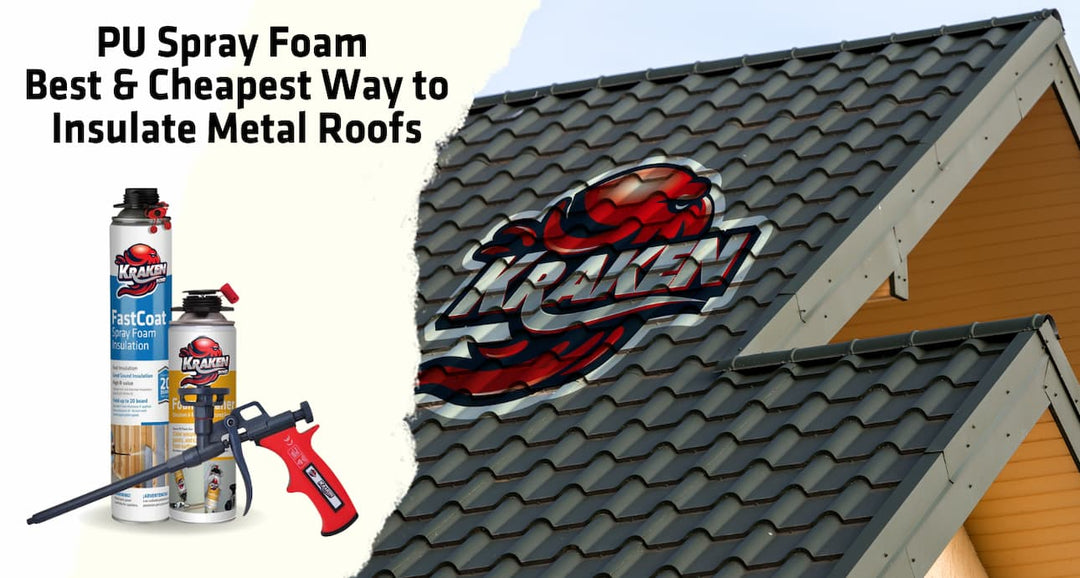

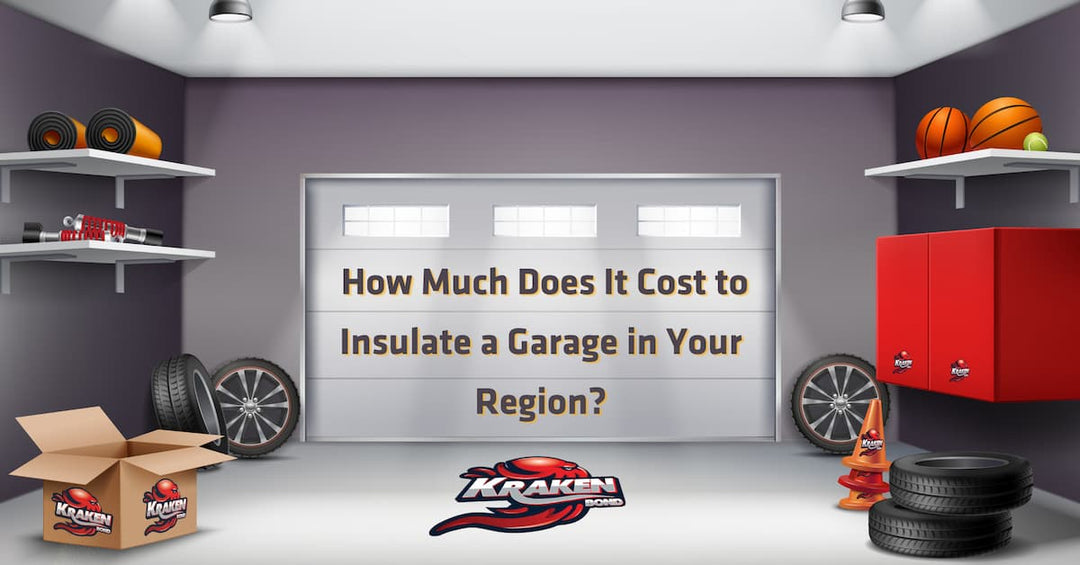
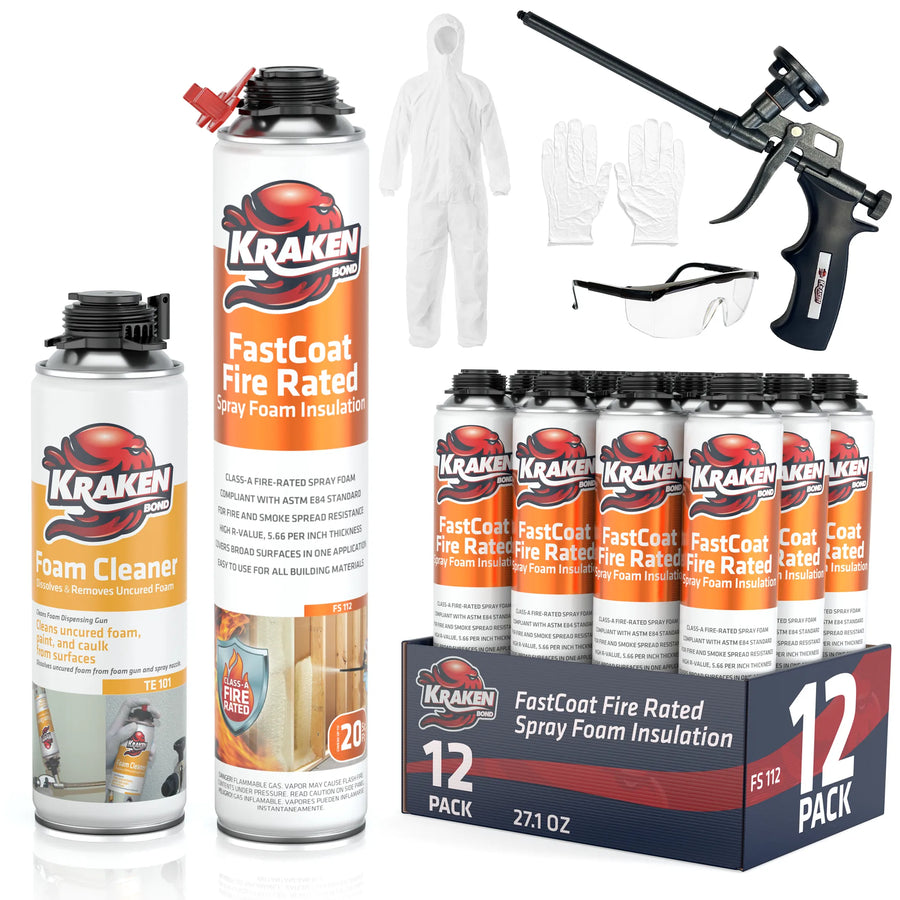








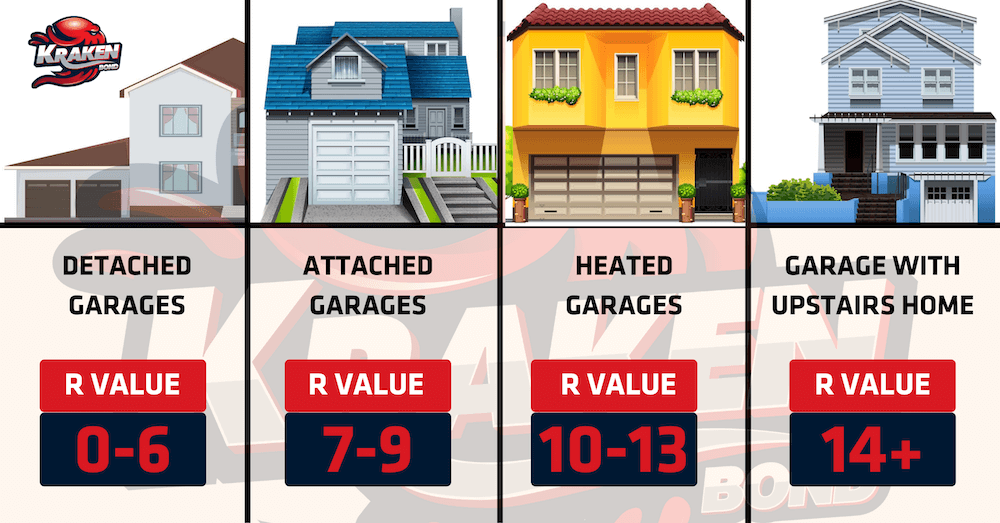

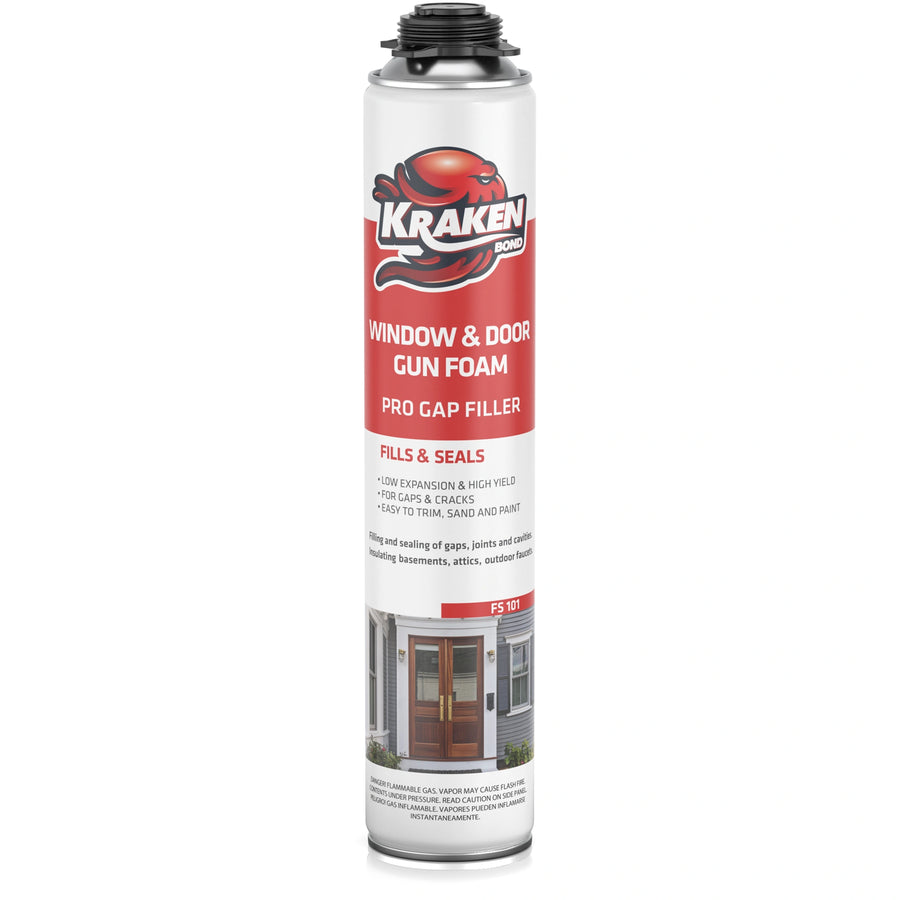
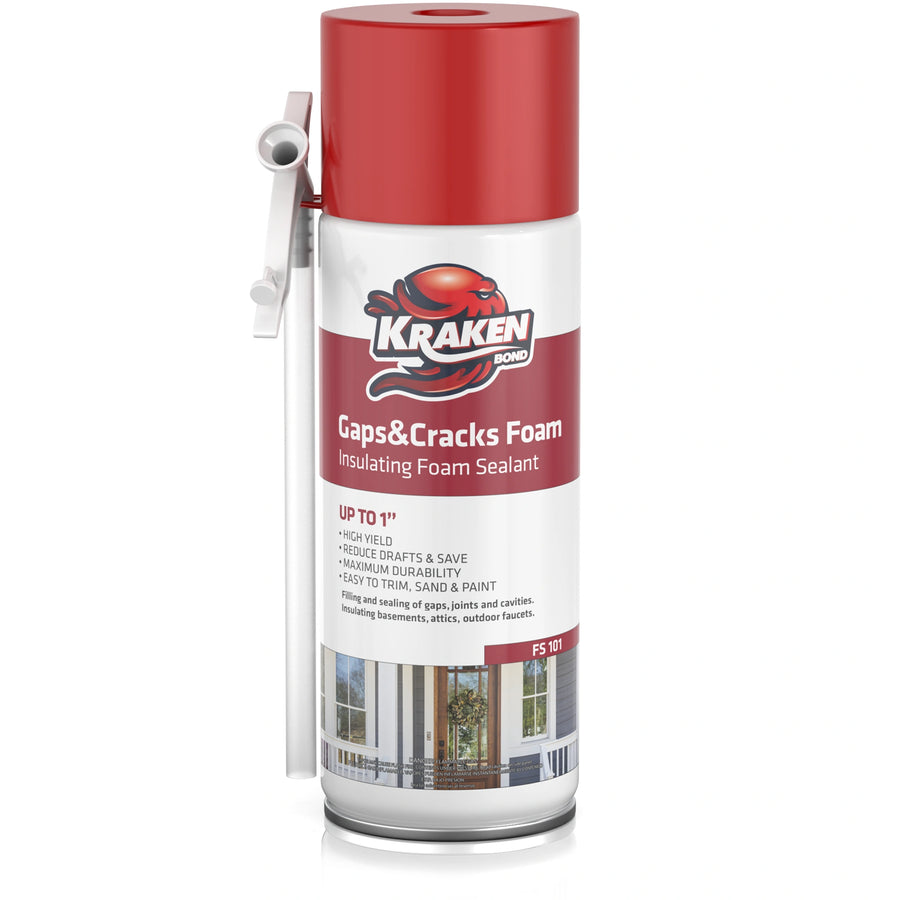
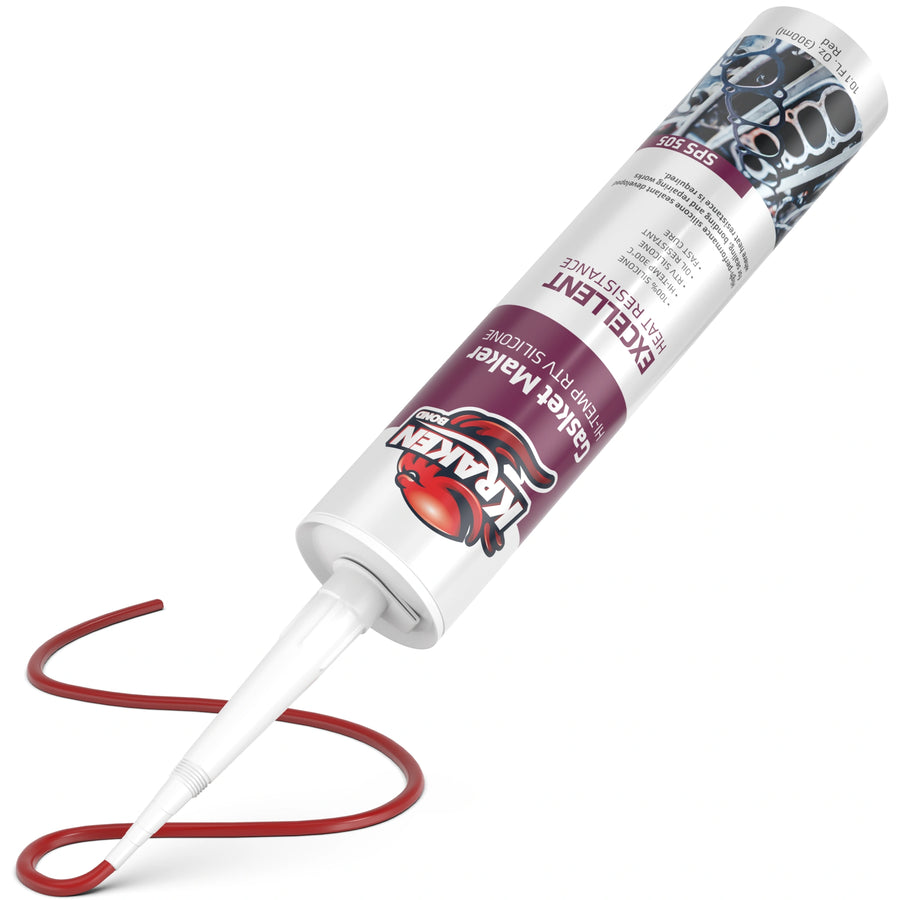
Leave a comment